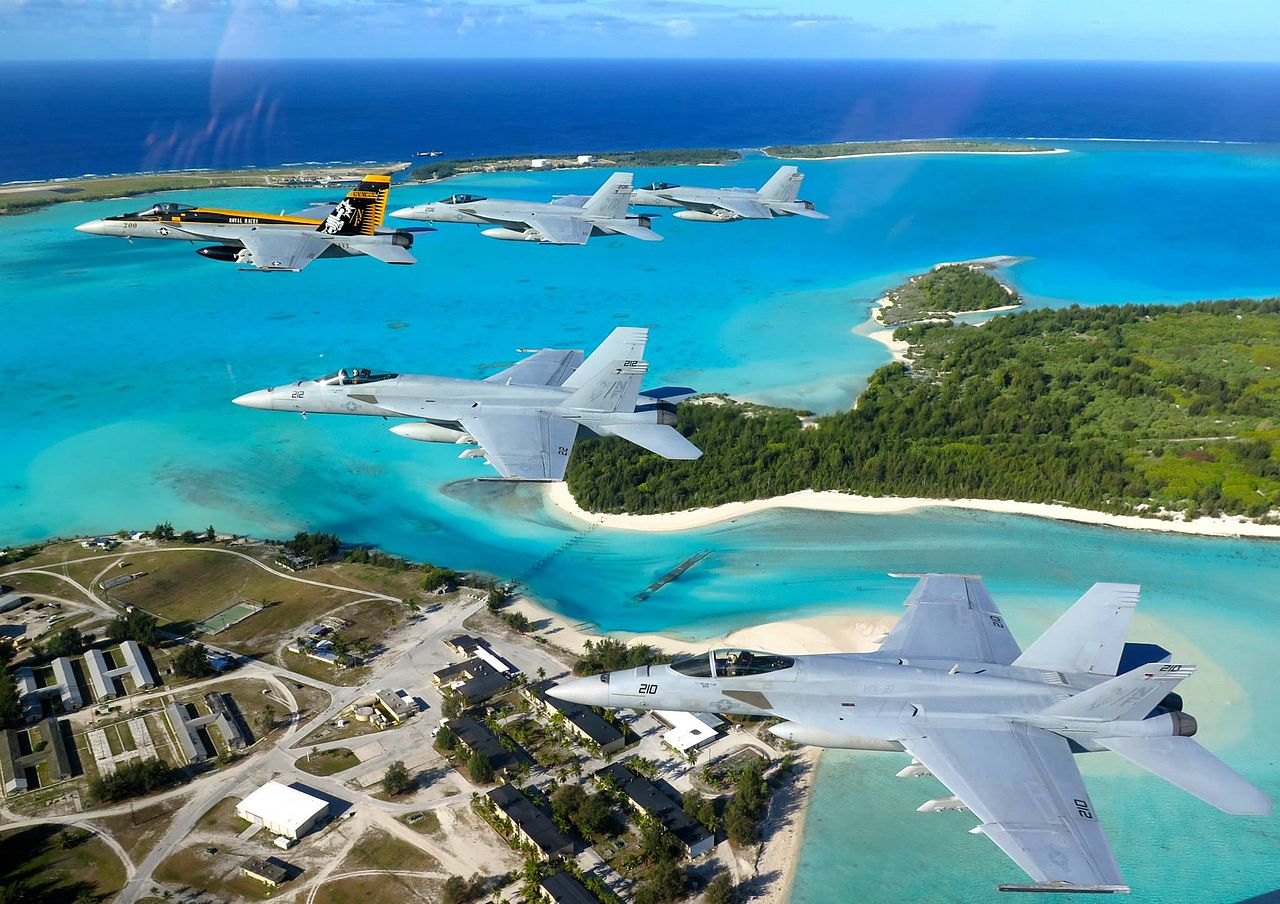Wake Island is perhaps one of the USA’s most remote Pacific island airbases, located somewhere between Japan and Hawaii, that projects American airpower deep into the Western Pacific and beyond.
It can be used to push air force combat missions in the direction of China’s well defended border and that of Russia too.
With China’s increasing expansion of military naval capability into the Pacific, the Pentagon spotlight has fallen on Wake Island’s strategic importance should certain nations decide to flex their muscles in the region.
Major airfield expansion on Wake Island seen by satellite as U.S. preps for Pacific fight: https://t.co/vhkEu61taB
— The War Zone (@thewarzonewire) July 4, 2020
The Chinese have developed well defended anti-access and area-denial bubbles, also known as A2/D2 in military parlance. It is expected that the Wake asset will prove to be a valuable check in regard to the expansion of these ‘bubbles.’
The atoll is also claimed by the Marshall Islands, 1500 miles away, a US associated state, and is more than 2,200 miles East of Guam.
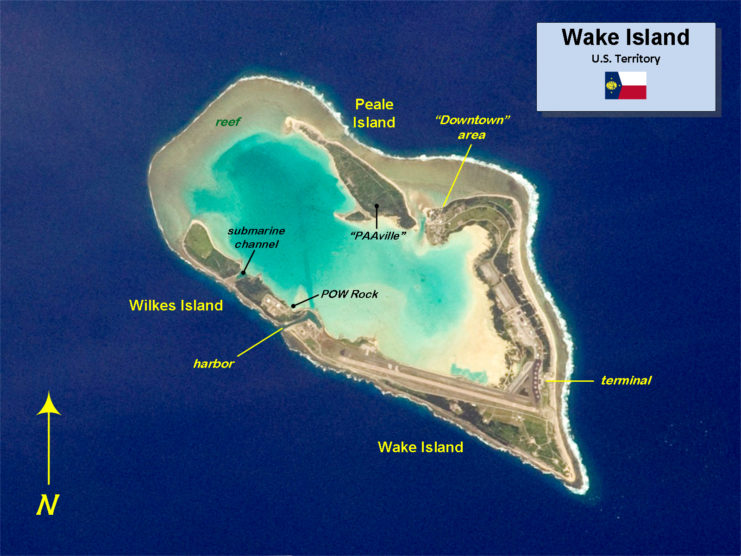
The largest structure on the atoll, taking up most of the above-sea-level surface is the 3,000-metre runway which can take everything in the US air power inventory.
Major works have been spotted on recent satellite images, expanding the flight aprons on the atoll, thereby expanding the location’s capability. It has been noted by observers that the runway appears to have been completely rebuilt and modernised.
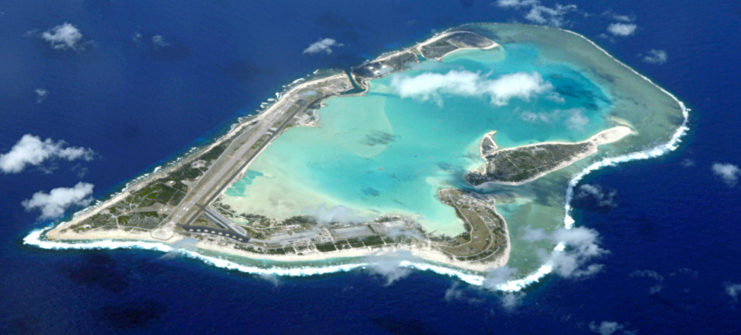
The Pentagon’s improvements can be spotted on the Western end of the island where a new solar farm has been constructed. For a location that is best known as an emergency stopping point for trans-Pacific commercial flights and a stopover for military aircraft crossing to Asia.

One advantage that Wake has is that it is currently out of range of China and North Korea’s medium range ballistic missiles and at the far end of the reach of their intermediate range missiles, making it the ideal fall-back point for US forces in the event of major conflict.
Commentators have speculated that Kadena in Okinawa, and the Andersen Airforce Base in Guam would be the first key military installations to come under attack in the far Western Pacific theatre.
With American airpower on the ropes in such a situation then Wake’s importance to the USA becomes crystal clear.
In 2019 it was reported that B-2 Spirits landed at the Wake airfield, using it as a forward re-arming and refuelling location in a sortie that was launched from Hawaii rather than Guam, emphasising the US preparedness to use Wake in a forward deployment should aggression need to be countered.
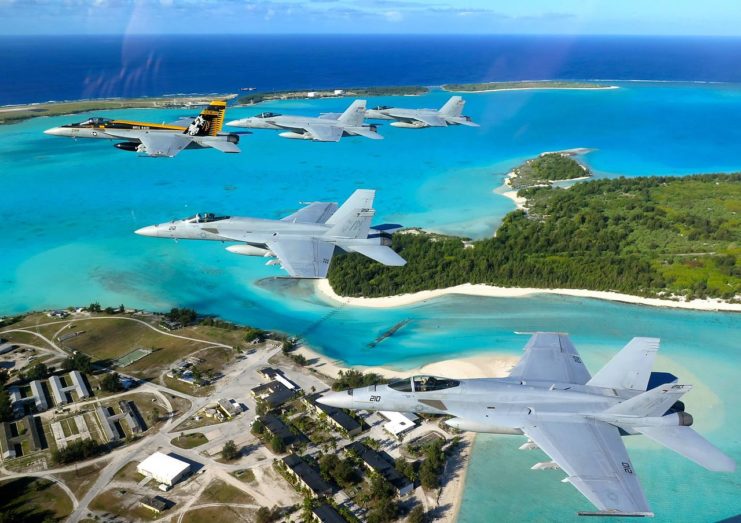
These demonstrations have received praise from military observers in the US nervous when considering the military rise of China, the threats from North Korea and the ongoing stress in relations with Russia, whose territory stretches from the Bering Straits on the Alaskan coast to the Baltic sea in Northern Europe.
It is assumed that Wake would support long-range bombing raids in an effort to degrade enemy capability in the far Western theatre enabling shorter range assets to eventually be deployed.
The South China Seas have seen a massive uptick in the last decade with regard to the number of battle-ready advanced warships available to defend the area.
Conventional wisdom from military commentators has ruled out stand-off weapons such as nuclear warheads as deterring regional territorial ambitions that could be intended to force out any local US presence, such as Guam, Midway or elsewhere.
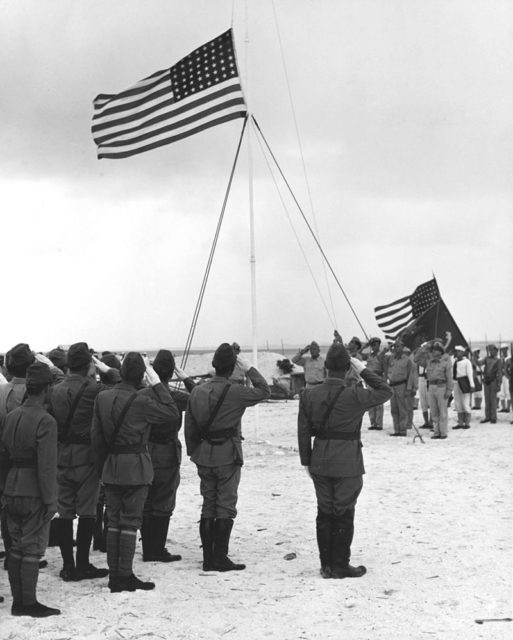
Upgrading the capabilities at Wake serves to reassure Pentagon hawks that should things deteriorate in the region, then there will be reliable back-up for American forces defending US interests.
The fact that the works to improve Wake Island’s runway and associated infrastructure are clearly visible on open-source satellite imagery sends a message too to those that might be thinking the current US position in the Pacific might have been weakened or run down over recent years.
Another Article From Us: Finnish Air Force Quietly Removes Swastika from Squadron Emblems
It is now very clear that the US intends to consolidate the defence of its interests that lie far beyond its Western borders.
